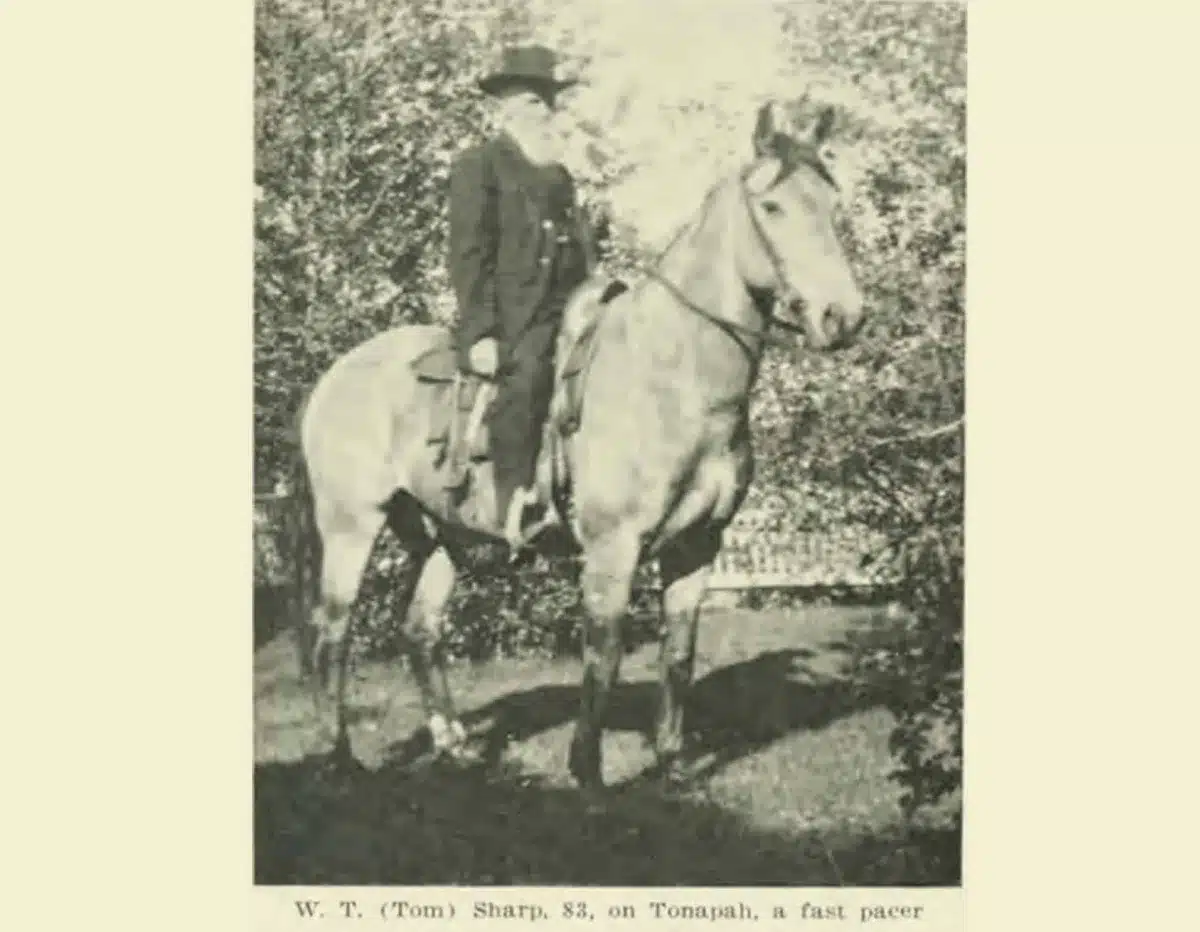Tom Sharp was born in Hannibal Missouri, the same birthplace as and within a few years of Mark Twain and the “Unsinkable” Molly Brown.
Tom Sharp served the Confederacy during the Civil War but received numerous wounds for his efforts and was paroled from the Army of the South early in the war.
He spent several years traveling all over the West (and British Columbia) before settling down in the Upper Huerfano Valley, where what remains of Malachite is now.
In 1868, he built a trading post, known as “Buzzard’s Roost Ranch,” almost directly on the old Indian trail over Mosca Pass.
While this was a popular route for settlers heading into the San Luis Valley and points west, this was also a popular route for Ute hunting and raiding parties. As the Utes liked nothing better than dressing up in flashy military uniforms, Sharp imported lots of them from English and Union Army warehouses back East and traded them to the Utes at a great advantage.
So popular with the Utes was Sharp’s Trading Post, Chief Ouray and his band would visit the post regularly, camping out for weeks at a time along the stream near the building. On some of these trips, Chipita (Ouray’s wife) came to enjoy the excursion and the hospitality of the Sharps.
Sharp’s Trading Post ran a land office business. Heavy, ox-drawn wagons brought in huge quantities of goods to serve a wide area. Tom Sharp had a huge fondness for horses and staged many horse races attended by the settlers and Indians alike. If Sharp had a horse that beat all the Indian ponies, the Utes would go all out in the bidding to own that horse.
After 1876, the Utes were confined to reservations and Tom Sharp got more and more active in the Cuerno Verde Livestock Association and in the breeding of fine racehorses. He imported prize horses from Kentucky, England, and France to cross-breed with the rugged Indian ponies he brought down from Idaho. His breeding programs for cattle and horses received national attention, and he became one of America’s best-known stockmen.
Over the years the business center of northern Huerfano County shifted over to Gardner and Malachite slowly faded away. Tom died Nov. 26, 1929, at the age of 91.

